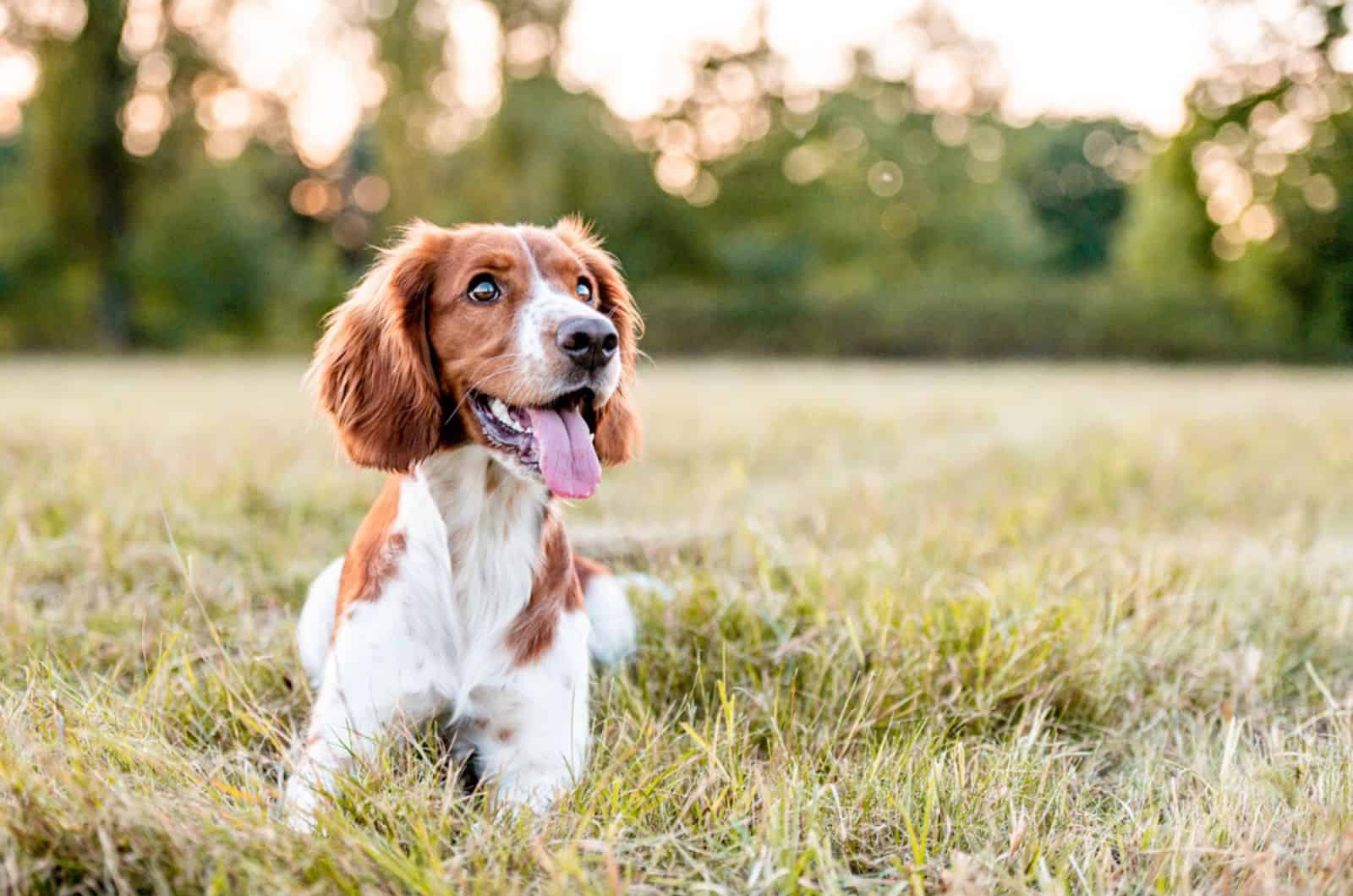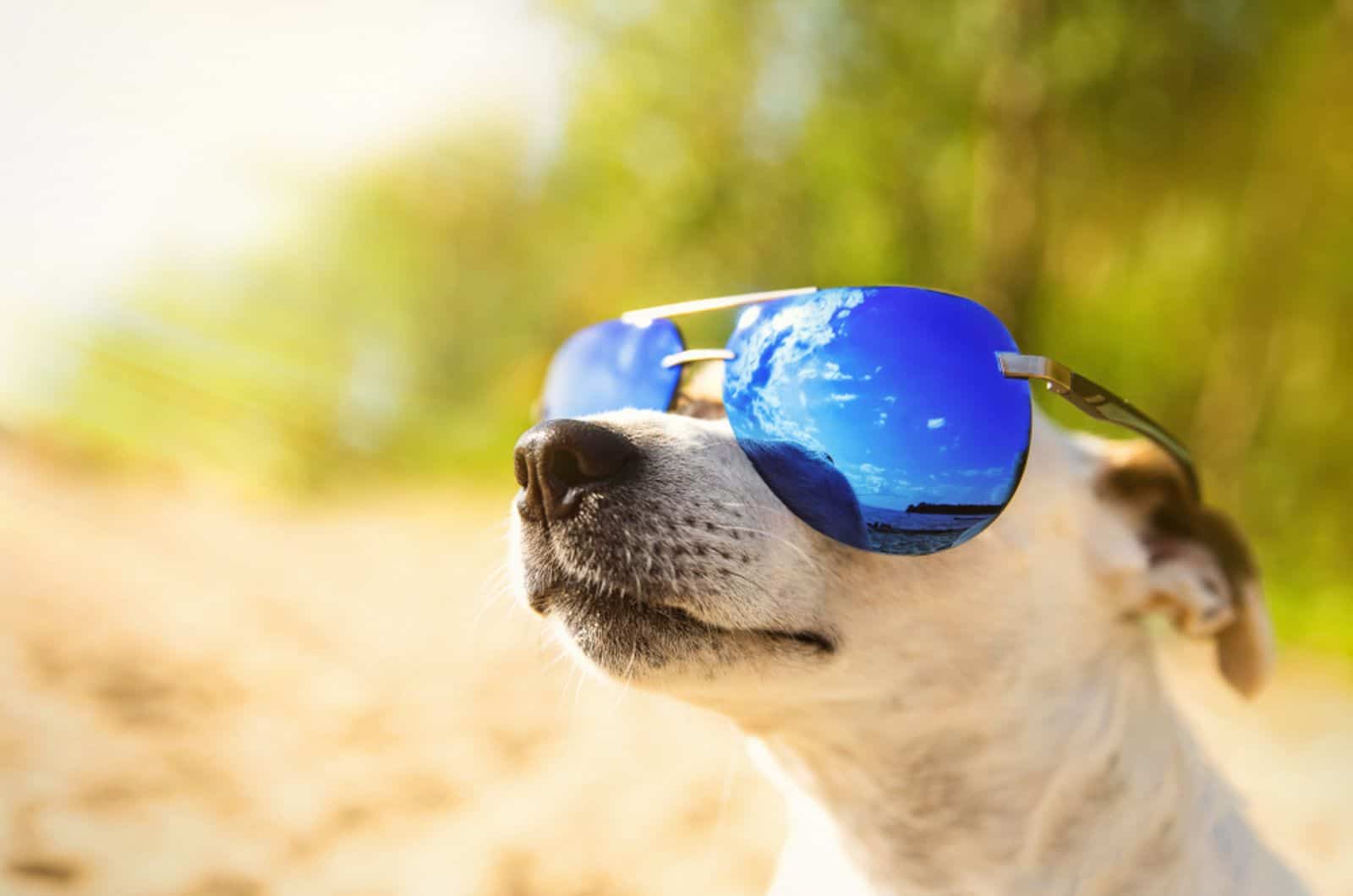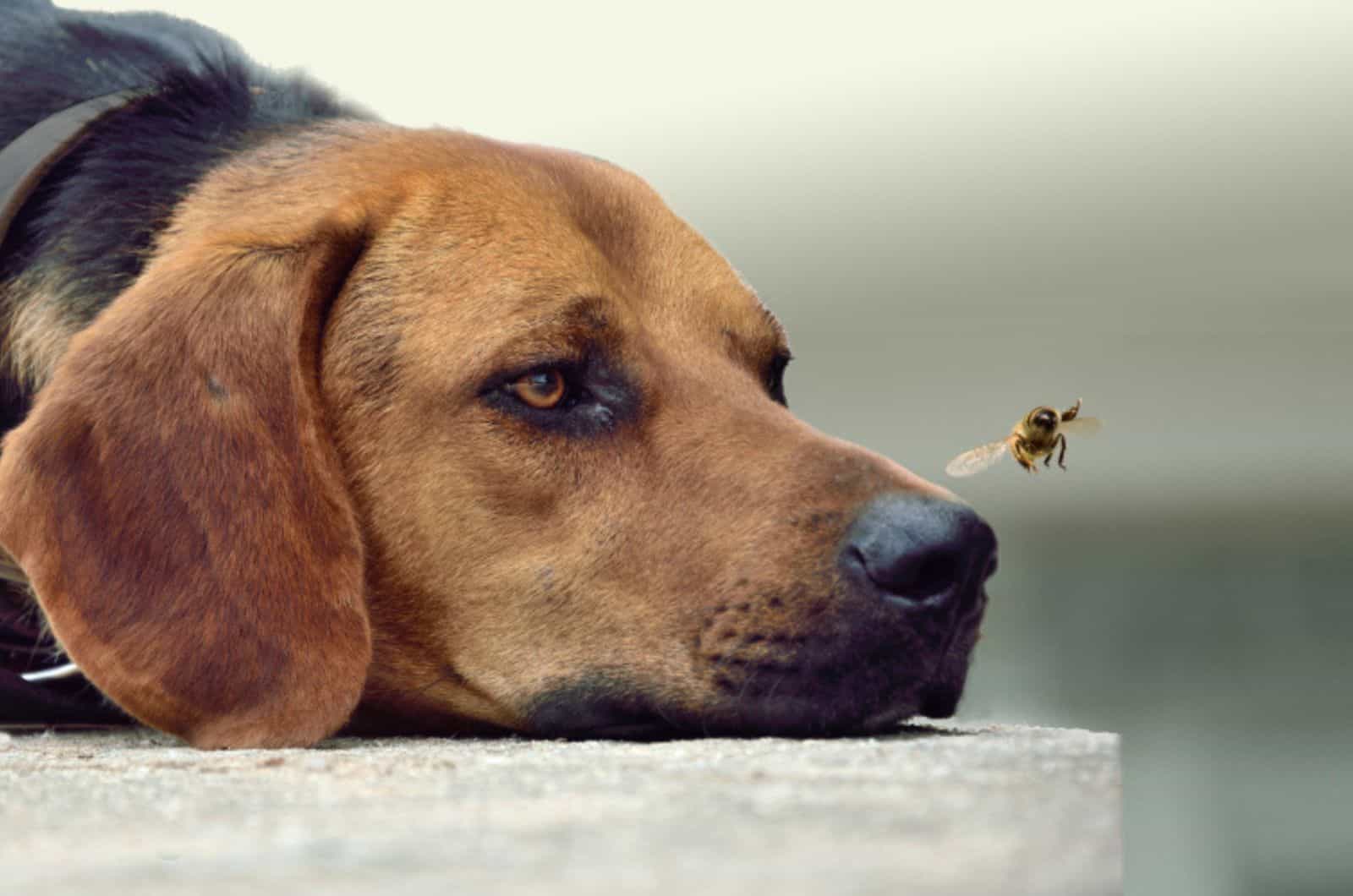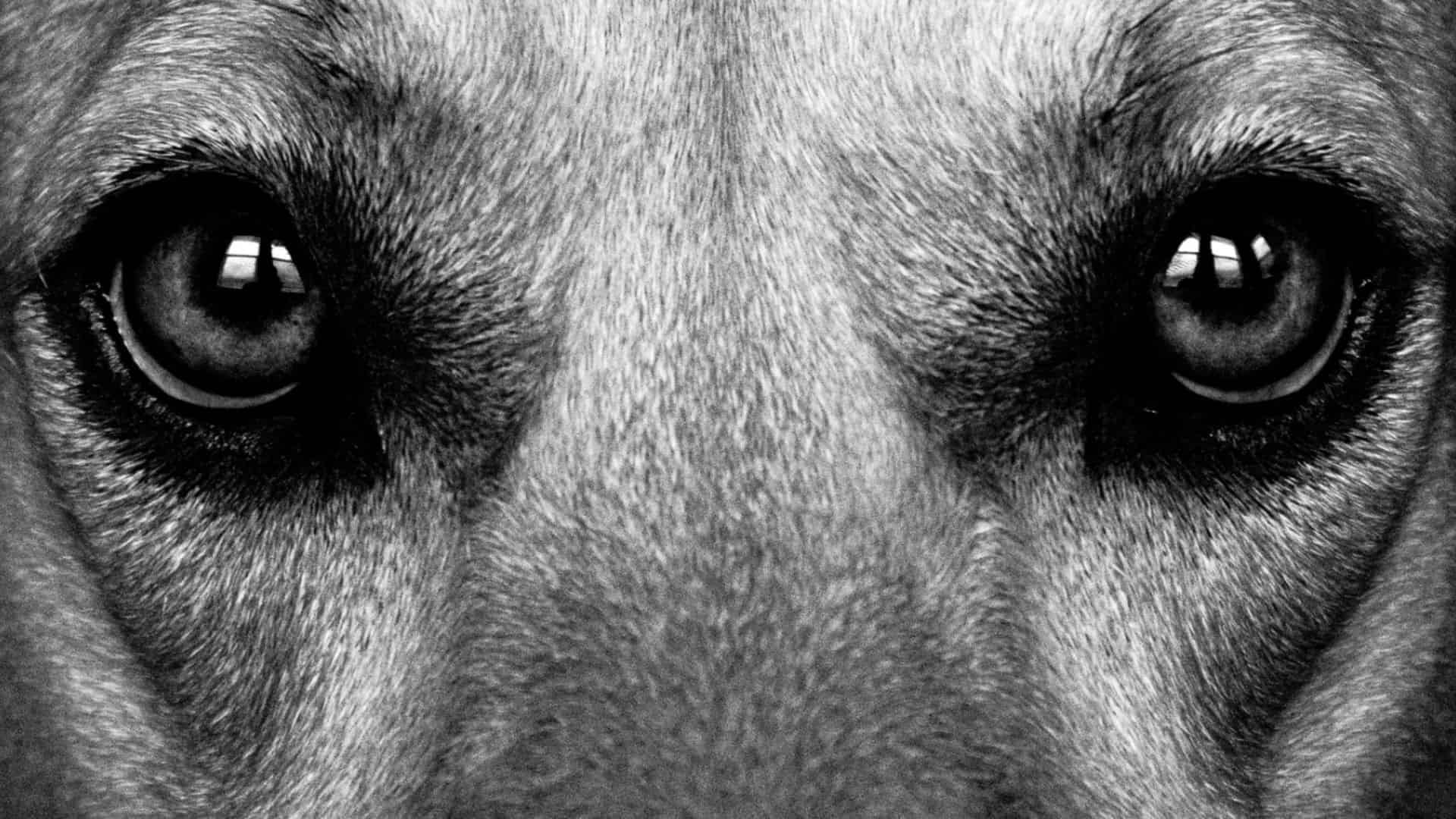Nothing goes past a canine eye. That is especially true for treat, foods, or some chew toys that do not belong to them, like slippers and remotes. However, there are other things that we cannot see, but a dog will have no problem noticing.
What secrets manage to escape our vision that dogs know? Is it colors, moving objects, or ghosts from the world beyond the material?
Dog Eyes See More Than French Fries Falling Off The Table

Canine senses are incomparably better than human ones. Their sense of smell is more important for a normal life than it is for humans, and the same goes for hearing.
Vision, on the other hand, is the most indispensable human sense, despite lacking in some areas compared to dogs.
While we covered the topic of what colors dogs can see, there is more to vision than the color spectrum. Human eyes are superior in terms of seeing different shades of color, but our night vision and sensitivity to movement doesn’t come close to theirs.
Seeing well in the dark and quickly clocking in on moving objects is one of the aspects that make canines excellent guardians and protectors of land and persons.
This should not come as a surprise seeing how they are natural predators, and hunting is much easier with these abilities. This is why certain phenomena and objects are just normal for a dog’s vision, while we need tools or workarounds to see them. Here are the most interesting ones.
Roses Are Red, Dogs See More Blue, But Ultraviolet, Too

What is ultraviolet light? It is the light emitted in wavelengths under between 100 and 400 nanometers. Puny human eyes can only see light from 380 to 700 nm of wavelength, which is called visible light [1].
Fluoride found in toothpaste emits some ultraviolet light. The same goes for sunscreen products, neon lights, etc. Dogs can see all of that according to Psychology Today.
Urine, for example, emits traces of ultraviolet light, which is why the canine urge to pee over another dog’s pee spot becomes even bigger once they see it.
Drinking tonic water might have your dog wondering why you are chugging down a liquid that glows. An ingredient found in tonics, called quinine, is capable of absorbing and emitting ultraviolet light. Coincidentally, quinine is also found in the cure for malaria.
What I found most interesting, though, is that dogs can see more stars in the night sky. While they couldn’t care less about light sources from other galaxies and stuff, we can be jealous of their ability to ignore distant phenomena but focus on things and beings nearby.
Not Cones, But Rods, Give An Upper Hand To Dogs

The position of canine eyes on their head allows for a greater field of vision. Yes, humans see the minute details better, but crossing a street without turning our heads is much more dangerous than for dogs.
Objects that are to the sides of a canine are easier to spot due to how the eyes are set, but if there is movement, it takes even less effort. This is where cones and rods come into play as integral parts of eye anatomy.
The more rods the eye has, the better it can see in the dark. Cones, however, are responsible for color perception. Dogs have more rods than us, but we have three, instead of the canine eye’s two cones.
By the time we even realize something left our peripheral vision, the dog has determined what it is, and written a short poem about it. We can see it, but we most likely won’t due to a narrower field of vision.
Remember those numerous rods the dogs can take advantage of when it’s dark? Well, they have another role. Rods are sensitive to positional changes or movement. While we may discern something with greater detail at a distance, dogs will see things move sooner.
Our Perception Of What Dogs See Can Fool Us

If your dog is barking at nothing, you are wrong. Dogs always have some reason to bark. It can be creepy watching your dog get angry at what appears to be empty space, but it doesn’t have anything to do with vision. It is related to hearing and smell.
People, animals, or other objects that can get a dog’s attention usually produce sounds and have scents that canines easily detect.
Turning towards the empty part of the house or room simply means your dog determined that particular direction as the origin of a sound or scent we cannot hear or smell. But what happens when you are outdoors in a dead silent place?
Can dogs see paranormal occurrences? Are they in tune with the after world? Answering this is easy – if you believe in ghosts, demons, and other supernatural entities, you might favor that explanation.
References:
[1] NASA. (n.d.). Visible light. NASA. Retrieved March 23, 2023, from https://science.nasa.gov/ems/09_visiblelight
